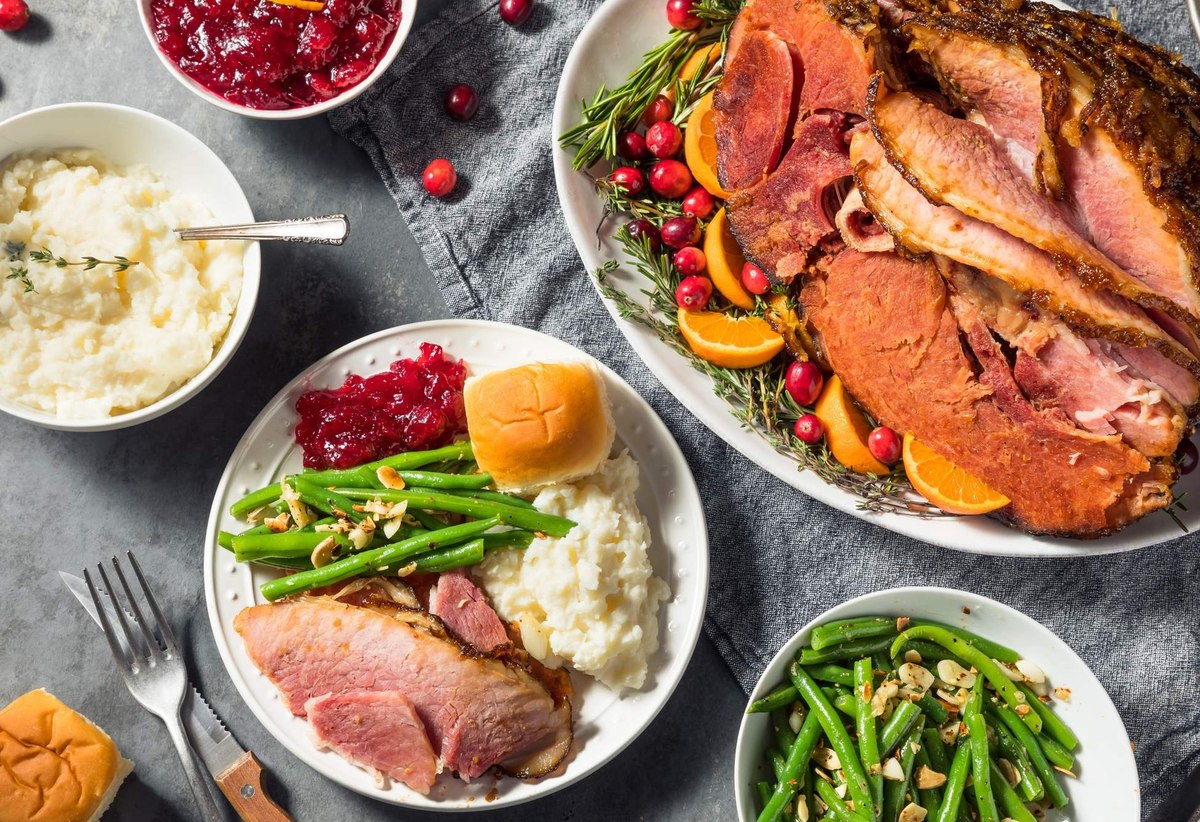Key findings:
- 65% of US adults plan to spend under $300 on holiday food and drink, with 22% budgeting below $100.
- 36% of consumers say they’re cutting back and looking for lower-cost or alternative options this holiday season.
- 69% of respondents consider roast turkey or ham and mashed potatoes or sides essential to their holiday meal, and 65% say the same for desserts like pies.
- 70% of shoppers plan to make their main dish from scratch, and 79% say they’ll do the same for side dishes.
- 40% expect to save on the main dish, 48% on sides, and 44% on desserts, while nearly 49% say they’re not buying alcoholic drinks at all.
As the 2025 holiday season approaches, new data from YouGov Surveys: Self-serve shows that with inflation and rising prices continuing to affect household budgets, consumers are approaching the holidays with caution. However, instead of skipping celebrations altogether, most are finding ways to keep traditions intact by focusing on essential dishes, cooking more at home, and trimming extras like alcohol and candy.
Most shoppers are budgeting between $100–$300
When asked about their total expected holiday food and drink spending, including groceries, snacks, and beverages, nearly half of respondents (46%) say they would keep it under $200. The most common spending brackets were $100–$199 (23%) and $200–$299 (20%). Only 4% of respondents expect to spend $1,000 or more, with another 3% budgeting between $750 and $999.
One in three shoppers are cutting back
This focus on budgeting is reflected in shopping behavior: 36% of Americans say they’re cutting back and seeking lower-cost alternatives for holiday food shopping, 35% are spending about the same as last year, and 12% are spending more.
The core holiday plate is non-negotiable
For most households, the holiday menu centers on familiar staples. Roughly seven in ten (69%) say mashed potatoes or side dishes are essential, and an identical 69% say the same for the main dish of roast turkey or ham. Desserts like pies (65%) and stuffing or dressing (55%) also remain foundational to the holiday experience.
Fewer shoppers say the same about drinks and treats: only 35% call festive non-alcoholic beverages essential, and 30% choose alcoholic drinks. Chocolates and candy are essential to 28%.
Home cooking or ready to eat
Consumers appear to be saving not by downsizing the meal, but by making more of it themselves. A large majority plan to make the main dish (70%) and side dishes (79%) from scratch. Nearly half (48%) will bake desserts at home, and 44% will prepare appetizers or snacks themselves.
Only drinks are more likely to be store-bought, with 47% opting for ready-to-serve options and just 18% preparing beverages from scratch.
This pattern points to opportunities for ingredient-focused brands and ready-to-use products that support scratch cooking like baking ingredients, broths, sauces, and pre-cut produce.
Saving takes priority over splurging
Across every food category, more people plan to save than splurge. When asked about their spending expectations, 40% of respondents say they are looking to save on their main dish, compared to 37% who plan to splurge. Side dishes follow a similar pattern, with nearly half aiming to cut costs (48%). For desserts, 44% say they plan to save, while only 30% are likely to spend more.
The most noticeable pullback is in categories seen as optional or non-essential. Only 15% of respondents say they plan to splurge on snacks and candy, while 40% are actively saving. Nearly half of respondents (49%) say they don’t plan to purchase alcoholic drinks at all, and just 17% say they would spend more in that category. Non-alcoholic beverages saw similar results, with many shoppers skipping them (32%) or choosing to save (40%).
The 2025 holiday season is marked by careful budgeting and selective spending, but not at the expense of tradition. Most Americans are still preparing a full holiday meal, just with a closer eye on how much they spend and where.
Methodology: YouGov polled 700 US adults online on November 11, 2025. The survey was carried out through YouGov Surveys: Self-serve. Data is weighted by age, gender, race, political affiliation, education level and region.
Image: Getty Images
